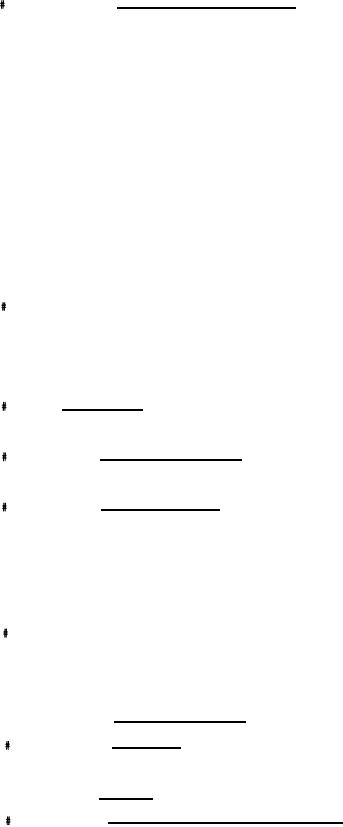 |
|||
|
|
|||
| ||||||||||
|
|  MIL-E-23457B(SHIPS)
3.2.1 Acceptance requirement. Engines procured under this specification will be
supplier's production models modified to be compatible with environmental conditions,
maintenance procedures, and mission requirements peculiar to Navy surface ship applications.
A production model of the engine at the time of bid shall have met at least one of the
following requirements:
The engine is essentially identical to an engine that has previously passed
(a)
the first article test (see 4.4) , has been accepted for use by the Naval
Ship Engineering Center (NAVSEC) at the same or a higher power rating and
brake mean effect pressure (bmep) , and has proven satisfactory during
service operation. Engines meeting this requirement need be subjected only
to tests required by 4.5.
(b) The engine is a current production model which the supplier will certify and
has a background of at least 10,000 hours in two different marine applica-
tions comparable to the intended use of the engine being procured. The
units considered as verifying this experience factor shall be installed for
a rated output at least equal to the rating in the procurement involved.
The supplier shall on specified request, provide detailed information as to
where the units are located, who operates them, and insofar as practical,
how they are used. This information shall be used when desired to verify
the suppliers stated compliance with this requirement. Engines meeting
this requirement shall be subjected to the first article inspection speci-
fied in 4.4.
3.2.1.1 Engines not meeting prior testing or experience requirements specified shall
not be considered in bids when this specification is invoked. Suppliers wishing to intro-
duce such an engine into Navy marine service shall contact NAVSEC prior to bidding. The
supplier shall furnish a comprehensive description of the engine design, copies of operating
test reports, fuel and lubricating oil consumption, emission levels, and other evidence
which would attest to the integrity of the engine. A determination will then be made as to
any tests in addition to 4.4 which would be required.
Materials. Corrosion-resistant materials shall be used in sea water system
piping and components. Coated or painted cast iron or other ferrous metals are not
permitted.
3.3.1 Dissimilar metals. Contact between dissimilar metals shall be avoided in order
to minimize galvanic corrosion. An interposing material which will minimize or eliminate
this galvanic effect may be used.
3.3.2 Aluminum parts. Aluminum parts, other than pistons, blowers, and fuel pumps
shall be protected from corrosion by one of the following methods:
Exterior parts to be painted shall be anodized or treated with corrosion-
(a)
resistant chemical film.
(b) Exterior parts to be left unpainted shall be anodized.
(c) Interior parts in contact with oil do not require treatment.
Interior parts not in contact with oil shall be anodized or treated with
(d)
corrosion-resistant chemical film.
3.3.3 Threaded holes in aluminum intended for bolts or screws for components or
accessories normally removed or disassembled during routine maintenance or examination shall
have steel inserts. Where insufficient basis metal exists, studs can be used without
inserts.
Dimensions, including thread data and length, and complete instructions covering
the removal and replacement of all inserts used shall be included in the engine instruction
manual (see 3.13) .
3.3.4 Magnesium alloys. Magnesium alloys shall not be used.
3.3.5 Coatings. Paint, plastic, or zinc coatings shall not be applied to the interior
of gear cases, lubricating oil sumps, or any other interior surface that will be in contact
with fuel, hydraulic, or lubricating oils.
3.4 Design.
3.4.1 Standard operating conditions. The following operating conditions shall be used
for the design and testing of the engine and accessories:
Ambient air temperatures . . . . . . . . . . . 100F.
(a)
Barometric air pressure (dry) . . . . . . . . . 29.92 inches mercury (Hg) .
(b)
Fresh water from engine. . . . . . . . . . . . 160F (minimum) to 185F
(c)
(maximum).
4
|
|
Privacy Statement - Press Release - Copyright Information. - Contact Us |